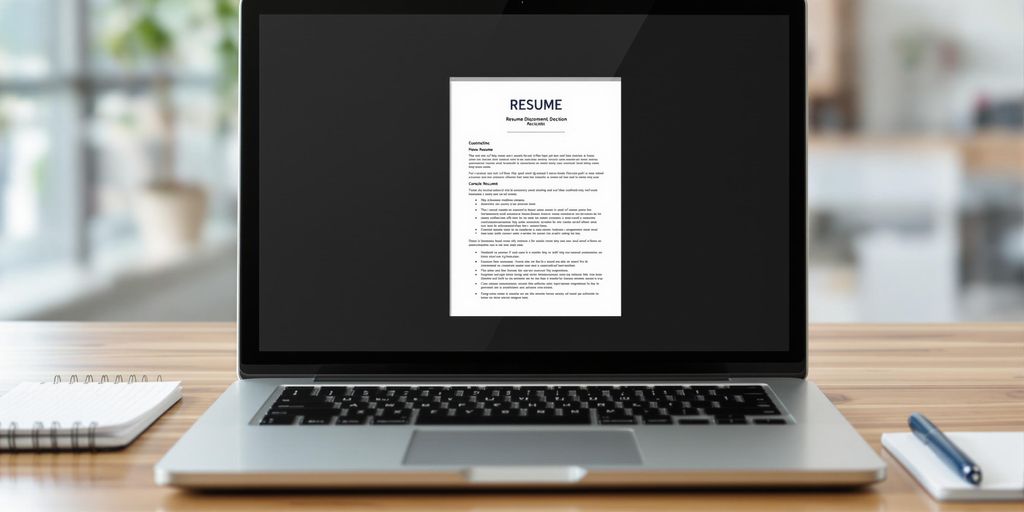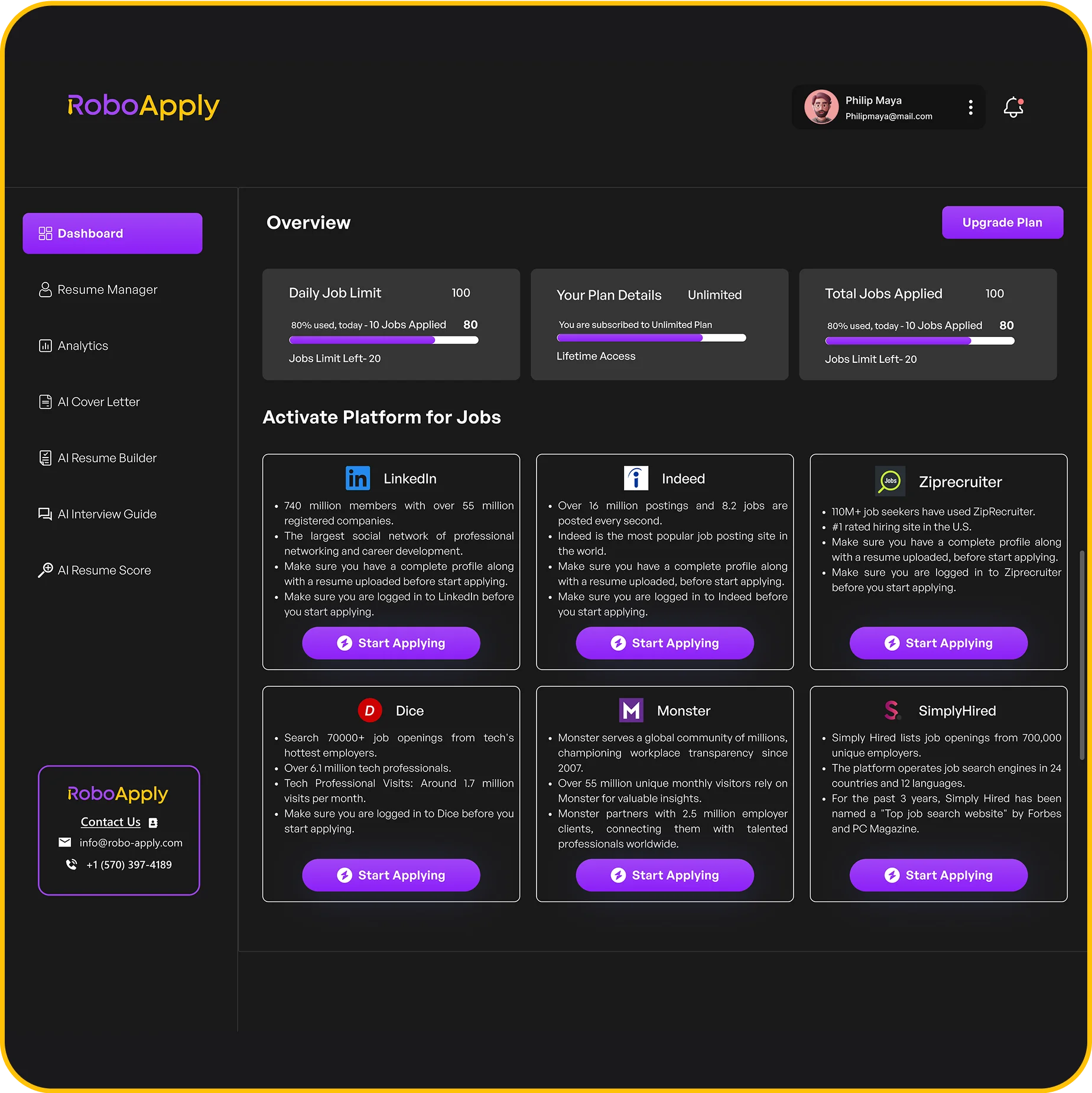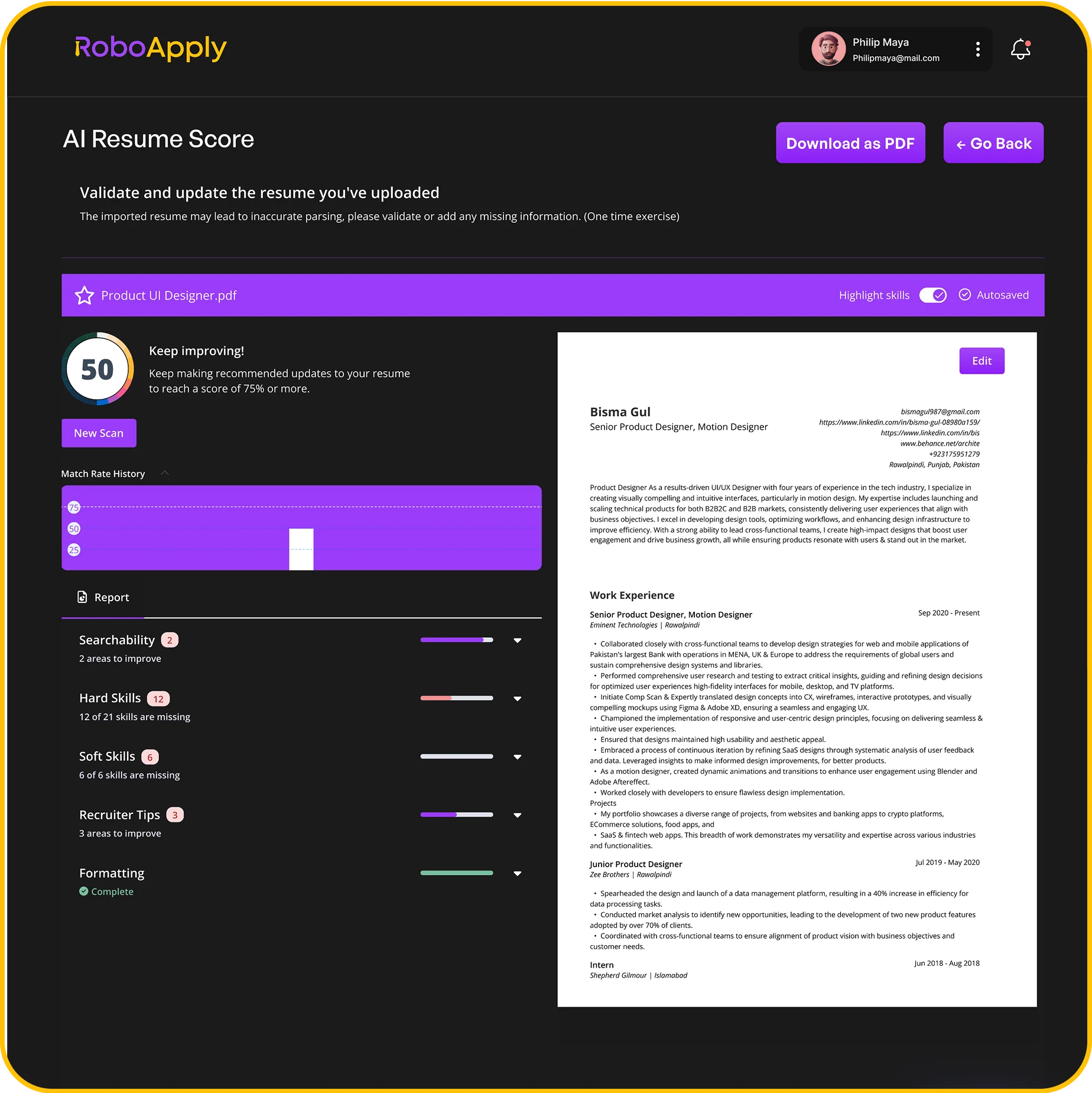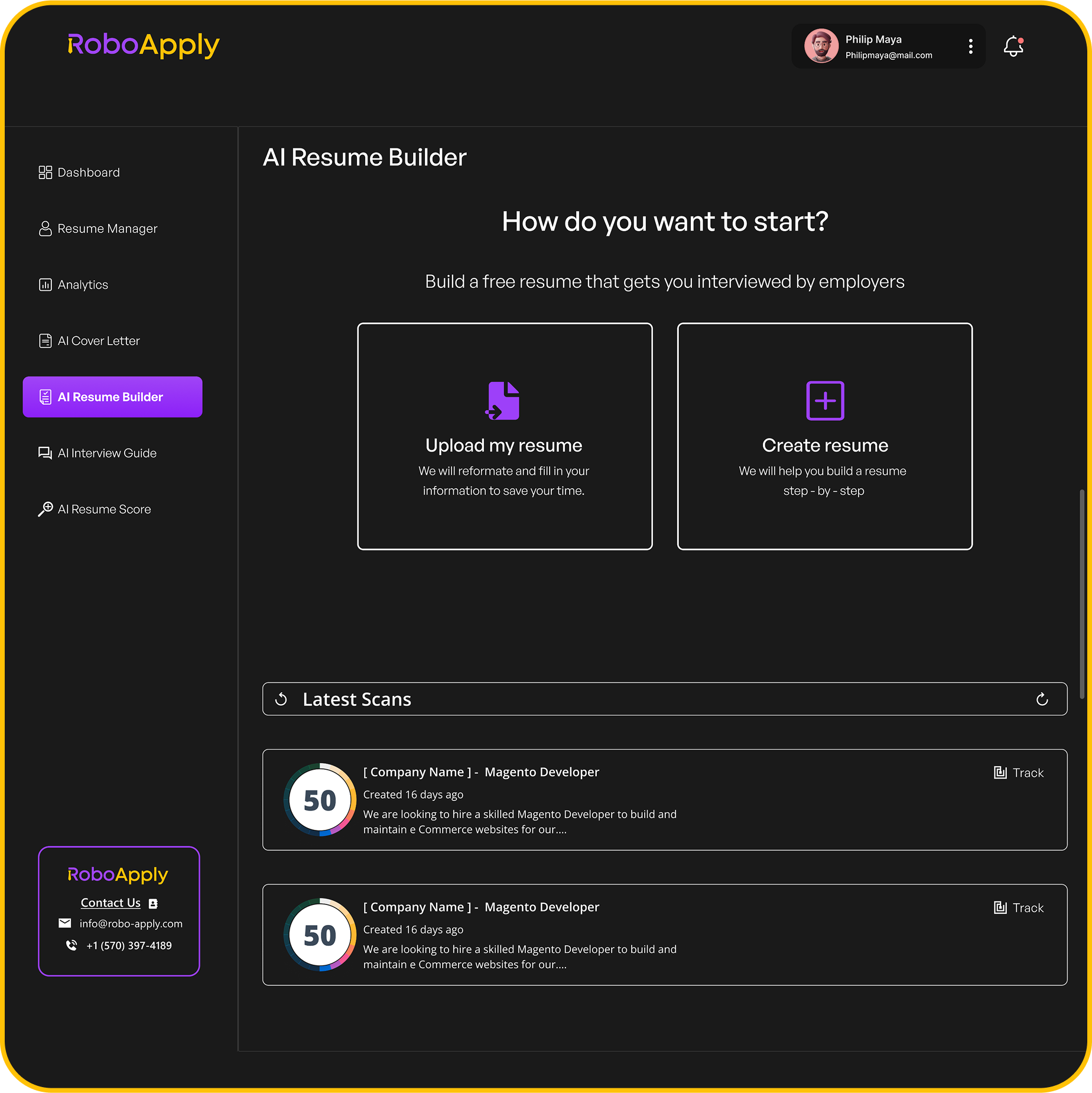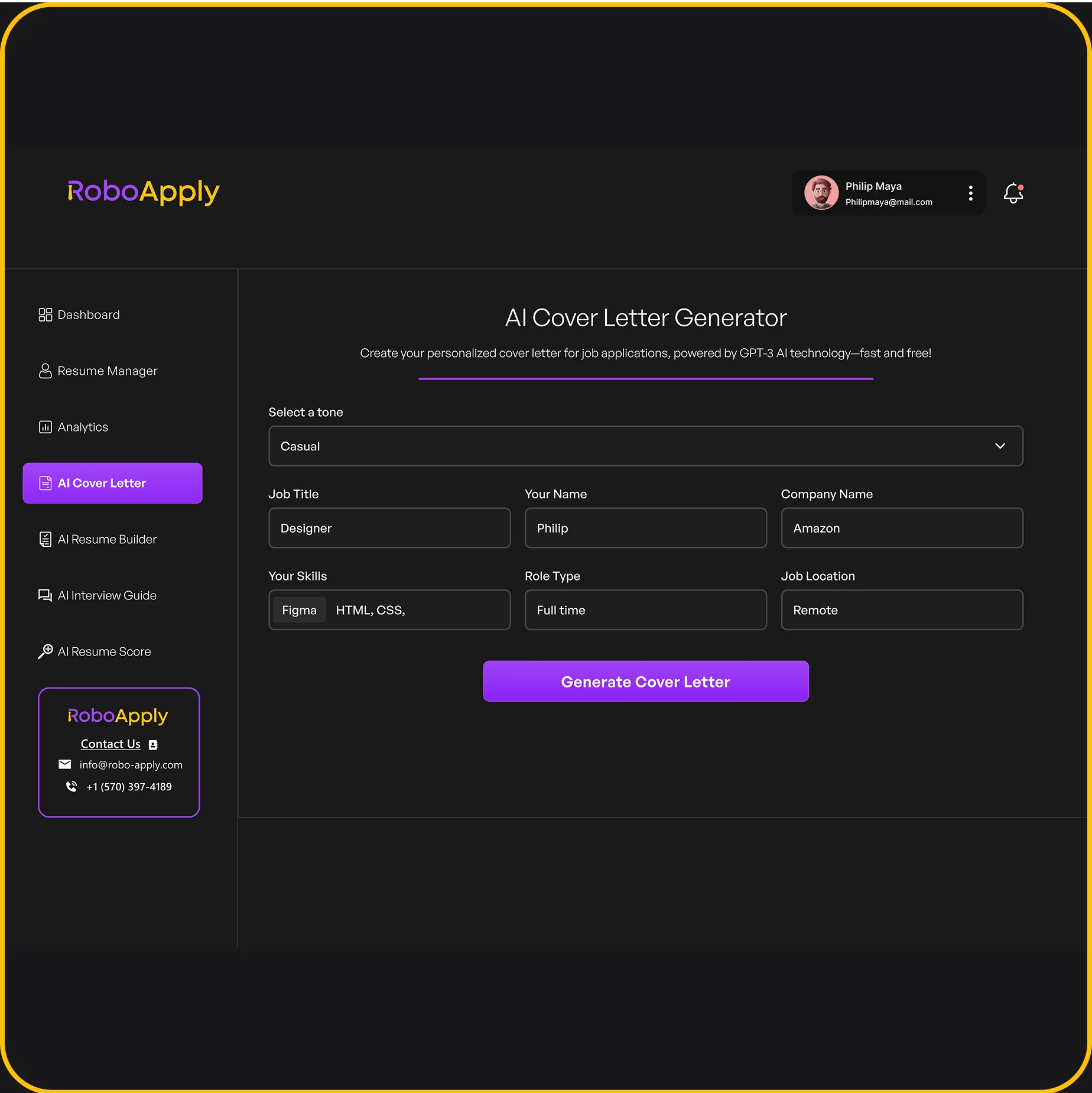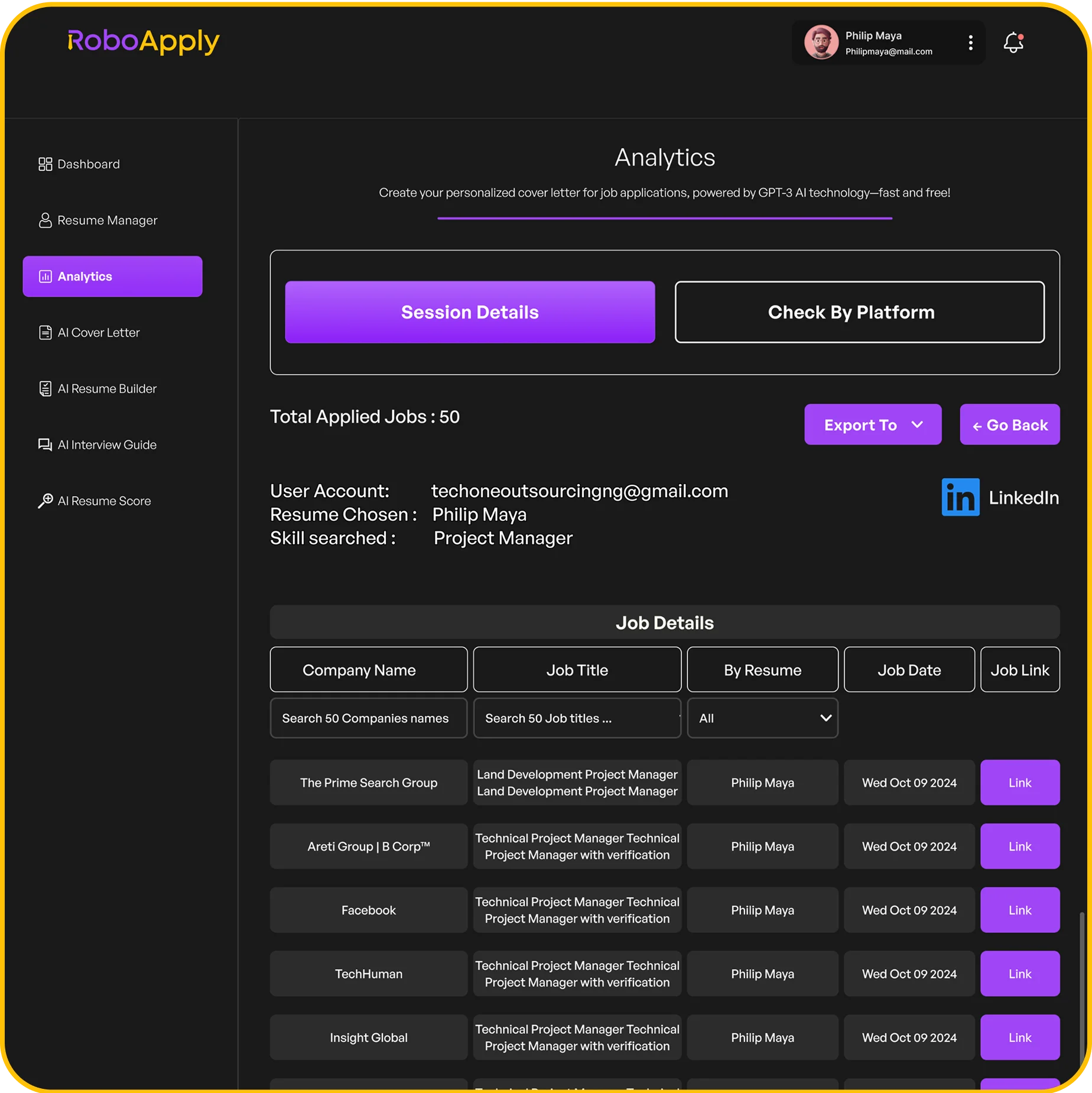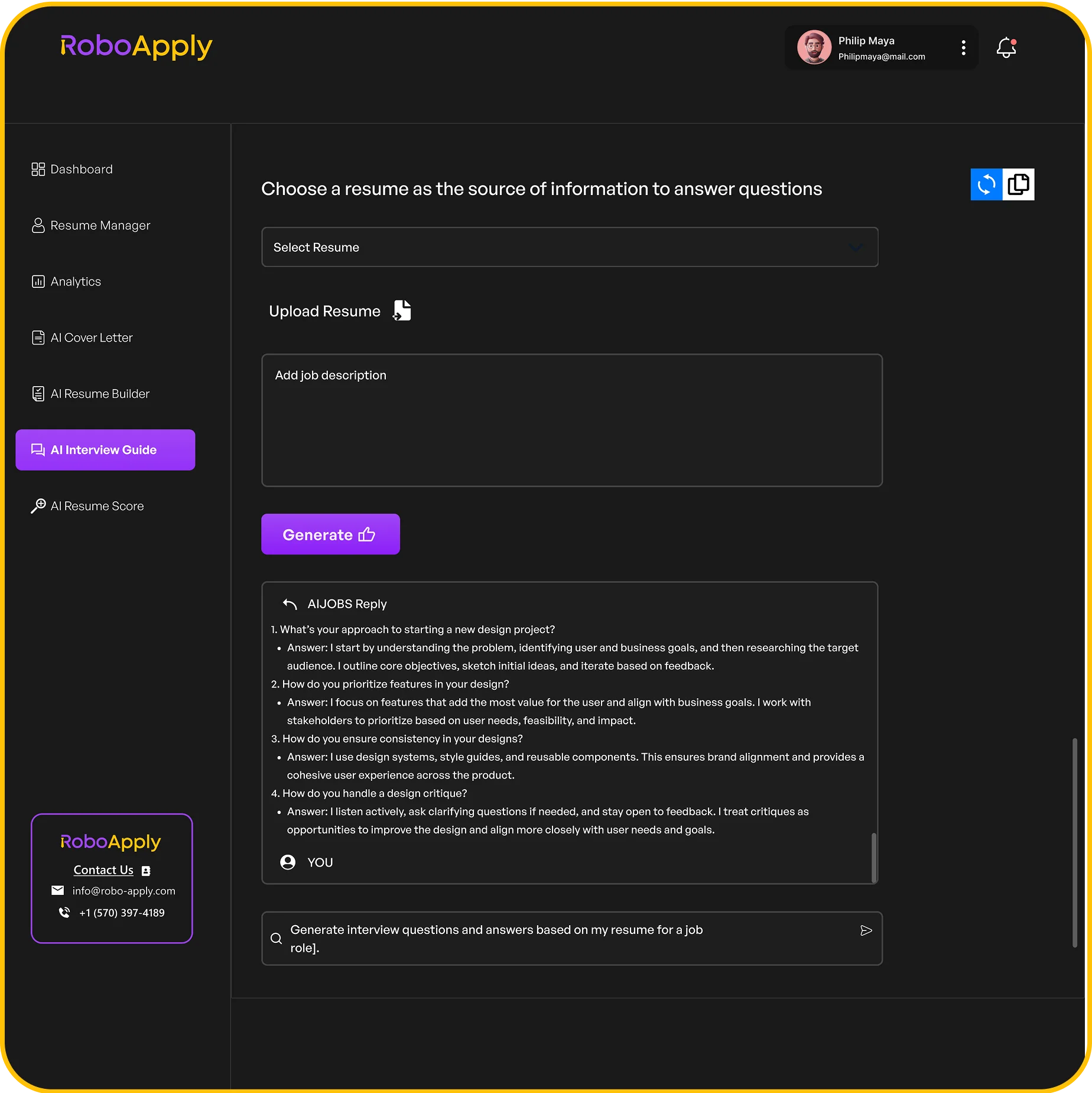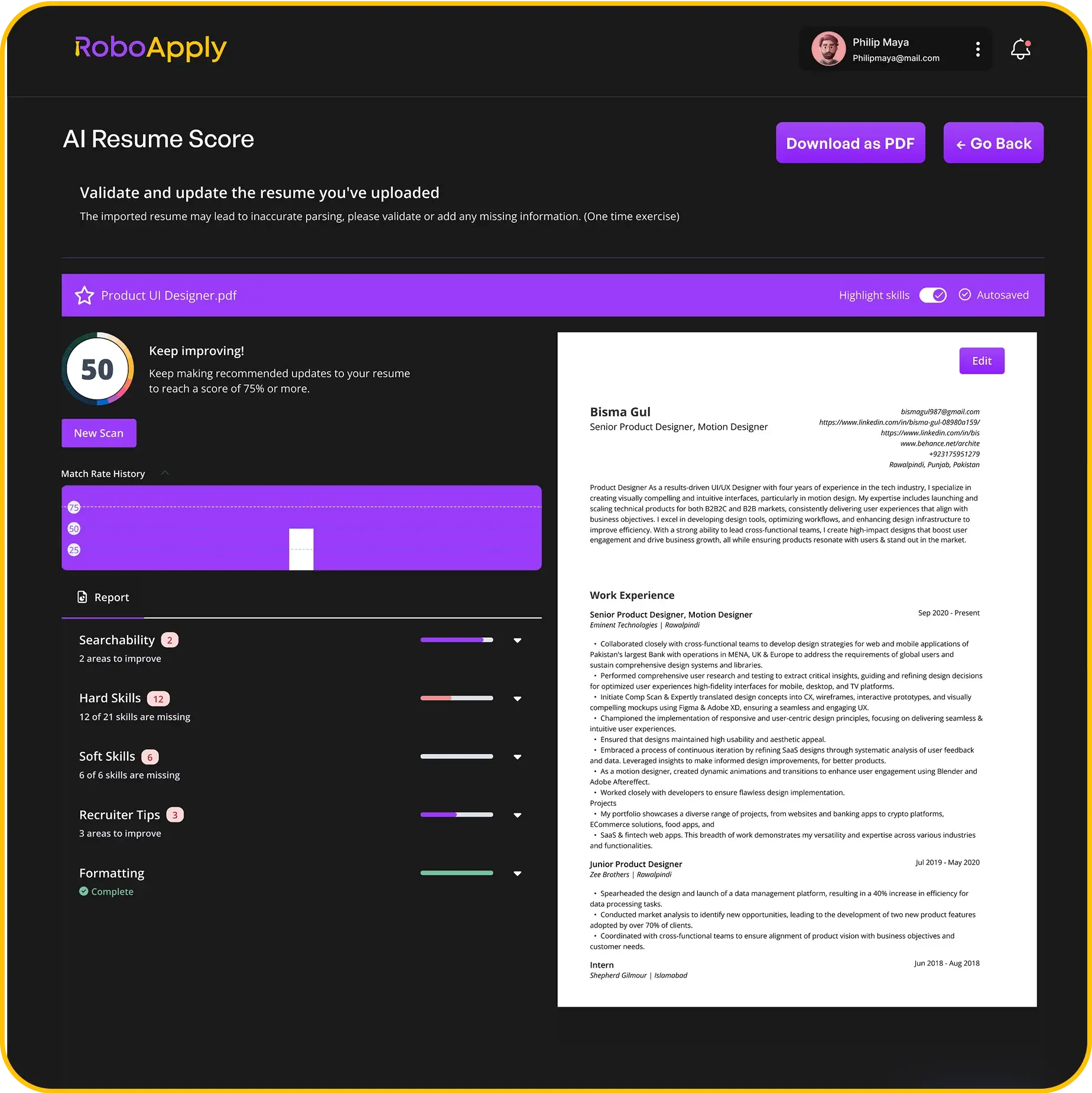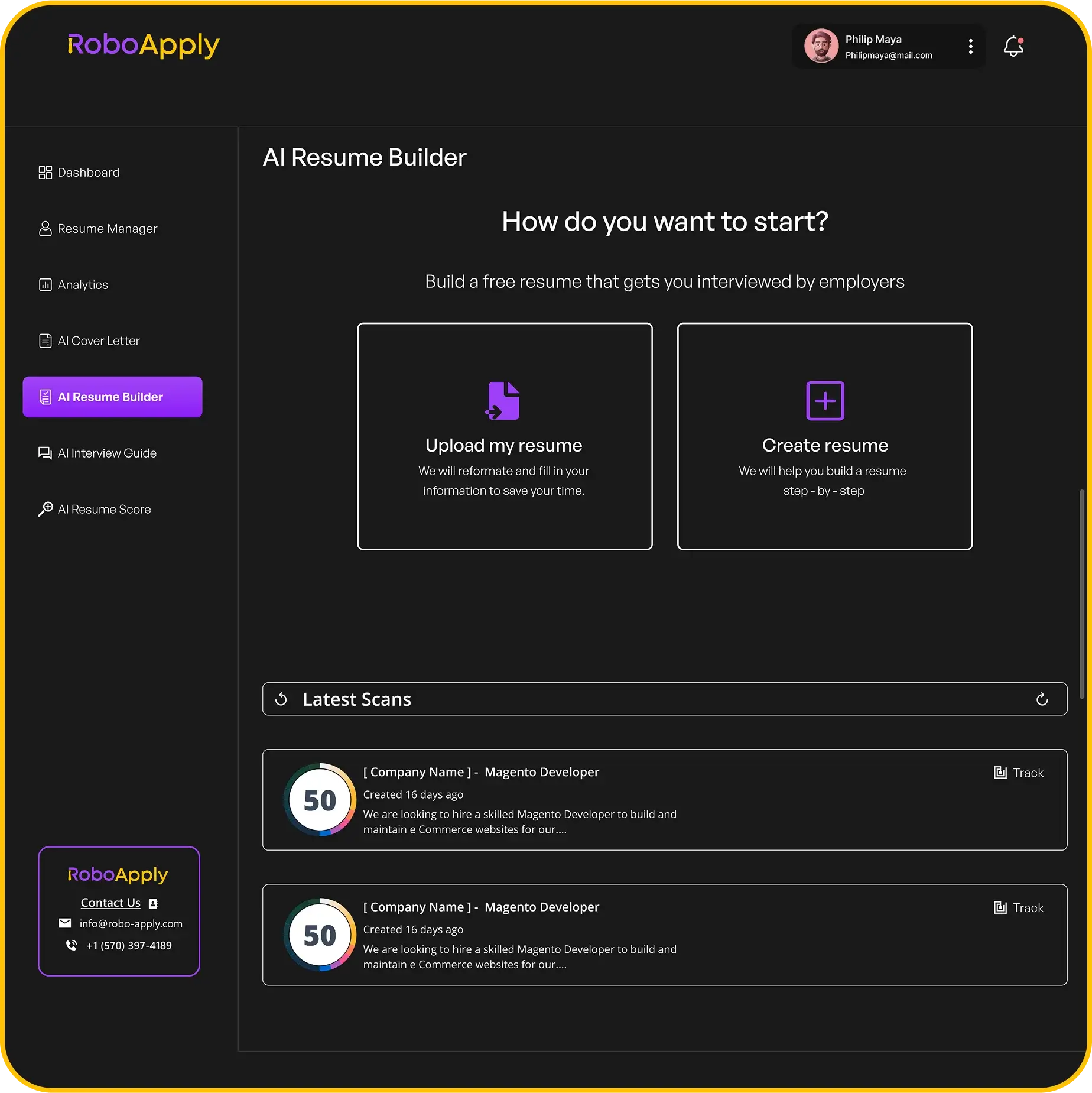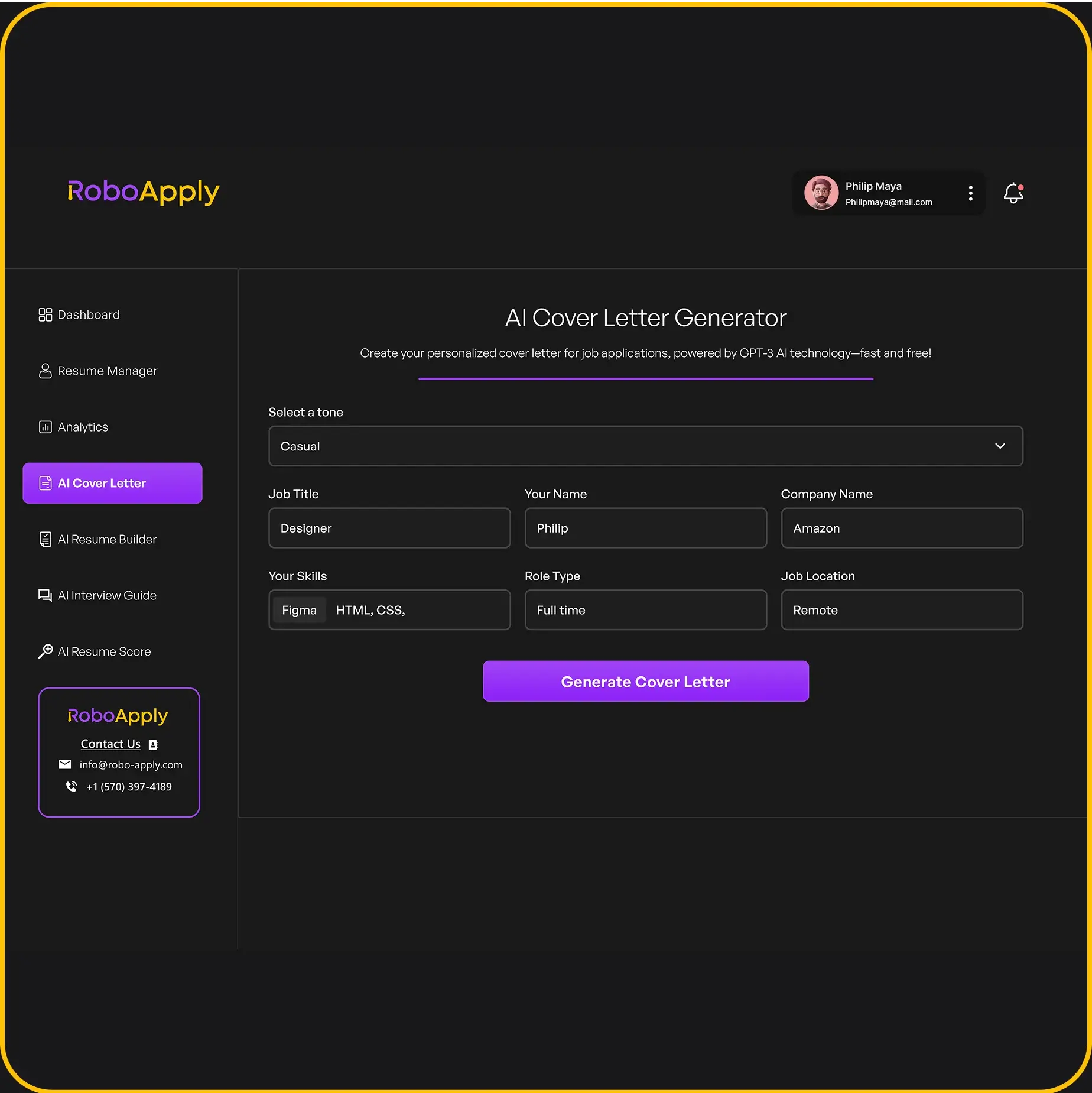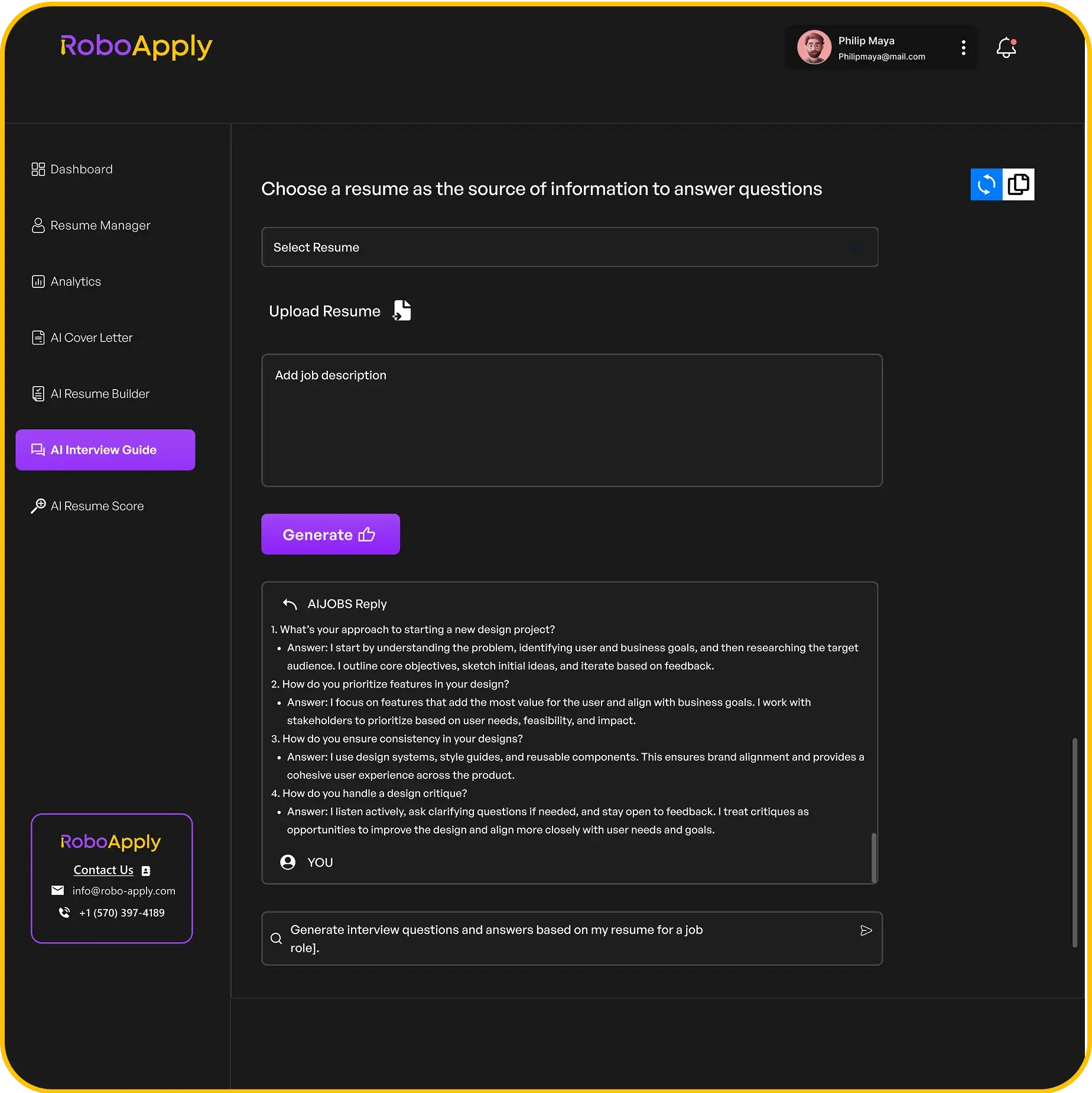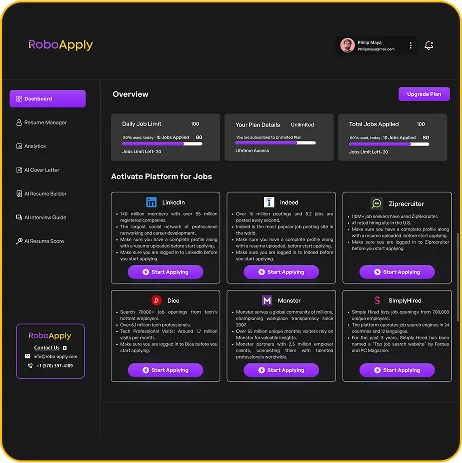When you’re applying for jobs, every little thing counts, right? You spend hours making your resume perfect, checking for typos, and making sure it shows off all your best skills. But there’s one small detail a lot of people forget about: the name of your resume file. It might seem like a tiny thing, but a good file name resume can actually make a big difference in how recruiters see you and if they even open your application. Let’s talk about why this matters and how to get it right.
Key Takeaways
- A clear file name resume helps you make a good first impression and makes it easier for recruiters to find your application.
- Use your full name and the job title in your file name to keep things organized and professional.
- Think about what recruiters might search for and include those words in your file name to help it show up in their systems.
The Importance of Your Resume File Name

Making a Strong First Impression
Okay, so you’ve spent hours perfecting your resume, making sure every bullet point shines. But have you thought about the file name? It might seem minor, but it’s actually your first chance to impress a recruiter. A clear, professional file name shows you pay attention to detail. Think of it as your digital handshake. A sloppy file name? That’s like showing up to an interview with a stain on your shirt. You want to start strong, and a well-named file helps you do just that. It’s a small thing that speaks volumes about your overall professionalism. Make sure your aesthetic nurse resume is named correctly.
Ensuring Recruiter Accessibility
Recruiters are busy people. They often sift through hundreds of resumes for a single job opening. Imagine if every file was named "Resume.pdf" – chaos! A descriptive file name, like "JaneDoe_MarketingManager.pdf", helps them quickly identify and organize your application. It makes their job easier, and that’s always a good thing. Plus, a clear name prevents your resume from getting lost or accidentally overwritten. Think of it this way: you’re helping the recruiter help you. It’s about making the process as smooth as possible. If they can’t find your resume, they can’t consider you, right? So, take a moment to name your resume effectively.
A well-named resume file is like a well-organized desk. It shows you’re prepared, efficient, and respectful of other people’s time. It’s a small detail that can make a big difference in a competitive job market.
Crafting an Effective Resume File Name

Key Elements for Clarity
When it comes to your resume file name, clarity is key. You want a recruiter to instantly know who you are and what the document is. A well-structured file name makes it easier for recruiters to manage your application. Start with your first and last name. This is non-negotiable. Then, consider adding the specific job title you’re applying for. This helps differentiate your resume if you’re applying for multiple positions at the same company.
Here’s a simple breakdown:
- FirstName_LastName_JobTitle.pdf
- FirstNameLastName_Resume.pdf
- FirstName_LastName_Specialization.pdf
Consider including the date if you update your resume frequently. This helps you and the recruiter keep track of the most recent version. For example, JaneDoe_MarketingManager_20250703.pdf.
Avoiding Common Naming Pitfalls
There are definitely some things you want to avoid when naming your resume file. First, steer clear of generic names like "Resume.pdf" or "MyCV.docx". These tell the recruiter absolutely nothing and can easily get lost in a sea of applications. Also, avoid using unprofessional language, slang, or emojis. You want to present yourself as a serious candidate, and a silly file name can undermine that.
It’s also a good idea to avoid special characters or spaces in your file name. These can sometimes cause issues with applicant tracking systems (ATS) or when emailing the file. Stick to letters, numbers, underscores, and hyphens for maximum compatibility.
Here are some examples of what not to do:
- Resume.pdf
- Jane’sResume.docx
- SuperstarCoder.pdf
- Resume_vFinal(2).pdf
Leveraging Relevant Keywords
While your name and job title are essential, consider adding relevant keywords to your file name to boost its visibility in applicant tracking systems ATS visibility. Think about the specific skills or qualifications the job description emphasizes. If you’re applying for a data analyst position, you might include "DataAnalyst" in your file name. However, don’t overdo it. Keep the file name concise and easy to read.
Here’s an example:
JohnSmith_DataAnalyst_SQL.pdf
Remember, the goal is to make it easy for recruiters and ATS to find and understand your resume. A well-optimized file name can significantly improve your chances of getting noticed. If you are submitting a cover letter, use the same format for its file name to ensure consistency.
Optimizing Your File Name for Applicant Tracking Systems

Leveraging Relevant Keywords
When you hit “send,” ATS software often scans your file name before it even opens your resume. That means every word in that name counts. For a specialized role like pharmacy, check out a retail pharmacist resume sample when you pick your own file name.
Including the exact job title boosts your resume’s chance of surfacing. A recent article on ATS-friendly methods confirms that bots look for clear, familiar labels.
Here are quick tips to pack in keywords without clutter:
- Include your full name and the position (e.g., Jane_Doe_Project_Coordinator.pdf).
- Add location if the job is tied to a city or region.
- Skip filler words like “updated” or “final.”
| File Name | ATS Relevance |
|---|---|
| Jane_Smith_Marketing_Associate.pdf | 95% |
| Resume_Jane.pdf | 20% |
| Jane_Smith_Junior_Analyst.pdf | 90% |
Use a clean file name so nothing trips up the scan. And consider tools like Jobscan ATS to spot missing keywords before you upload.
Strategic Naming for Search Visibility
Once your resume clears the bots, it often lands in a shared drive where recruiters search manually. A good strategy here can save you from getting lost in the shuffle.
- Run your file through an ATS friendly checker to make sure it passes basic scans.
- Use AI CV tools to test variations—sometimes swapping underscores for hyphens makes a difference.
- For niche fields, follow a nursing CV guide or similar industry resource on naming conventions.
Keep your file name simple, orderly, and consistent with other docs (cover letters, portfolios). It’s one more way to show you’re organized and serious about the role.
By thinking like both a machine and a human, you’ll make sure your resume file name works hard at every step of the hiring funnel.
Making sure your resume file name is just right can really help you get noticed by those computer systems that sort through job applications. Want to learn more simple tricks to make your job hunt easier? Head over to RoboApply.com!
Conclusion
So, a good file name for your resume is more than just a small detail. It’s a chance to show you’re professional and pay attention to things, even before someone opens your resume. A file name that’s clear and specific means your application can be found easily by the person looking at it. By using your full name, the job title, and keeping the format simple, you can avoid common mistakes with file names that look messy or not serious. Also, knowing how to rename files in different programs like Microsoft Word or Google Docs, or just on your computer, helps you make each application as good as it can be.
Frequently Asked Questions
Why is it so important to name my resume file carefully?
A good resume file name is like a clear label on a box. It helps the person looking at it know right away what’s inside and who it belongs to. This makes it easier for them to find your resume among many others and shows you pay attention to small but important details. It also helps computer systems (Applicant Tracking Systems) sort your application correctly, so it doesn’t get lost.
What’s the best way to name my resume file?
The best way to name your resume file is to include your full name and the job you’re applying for. For example, ‘Jane_Doe_Marketing_Manager_Resume.pdf’ is a great choice. This tells the recruiter exactly who you are and what position you’re interested in, making their job easier and your application stand out.
What file type should I use for my resume?
You should almost always save your resume as a PDF (.pdf) file. This type of file keeps your resume looking the same no matter what computer or program someone uses to open it. It also makes sure all your careful formatting stays put. Only use other formats, like Word documents, if the job application specifically asks for them.





